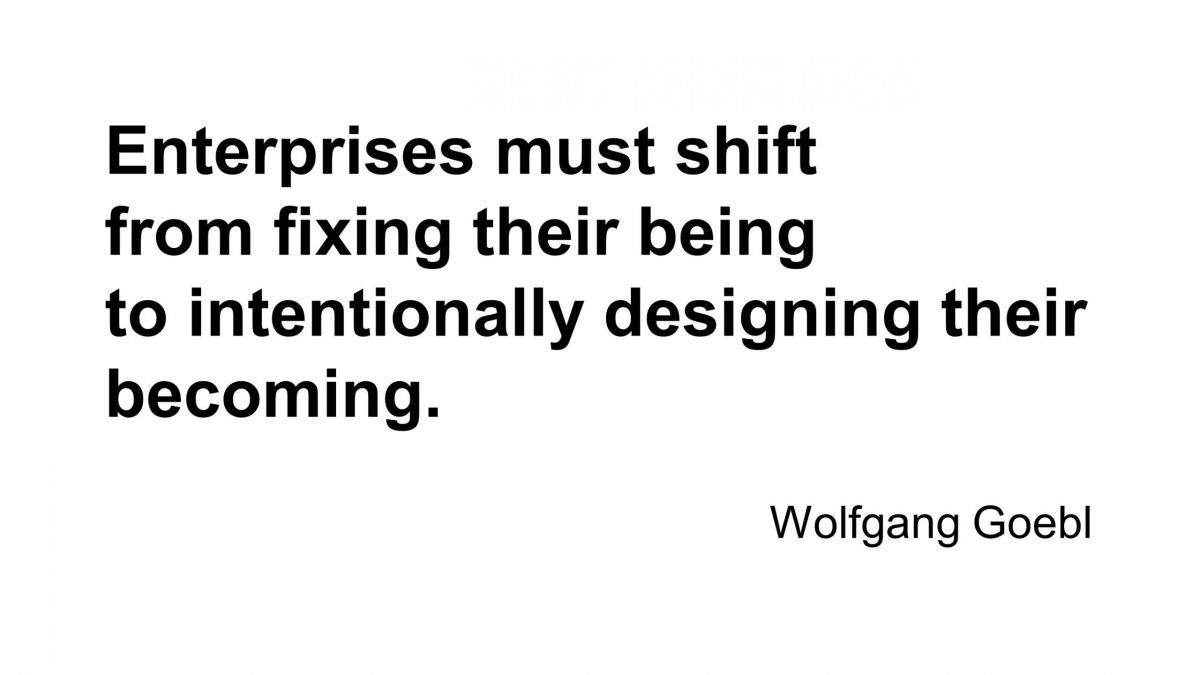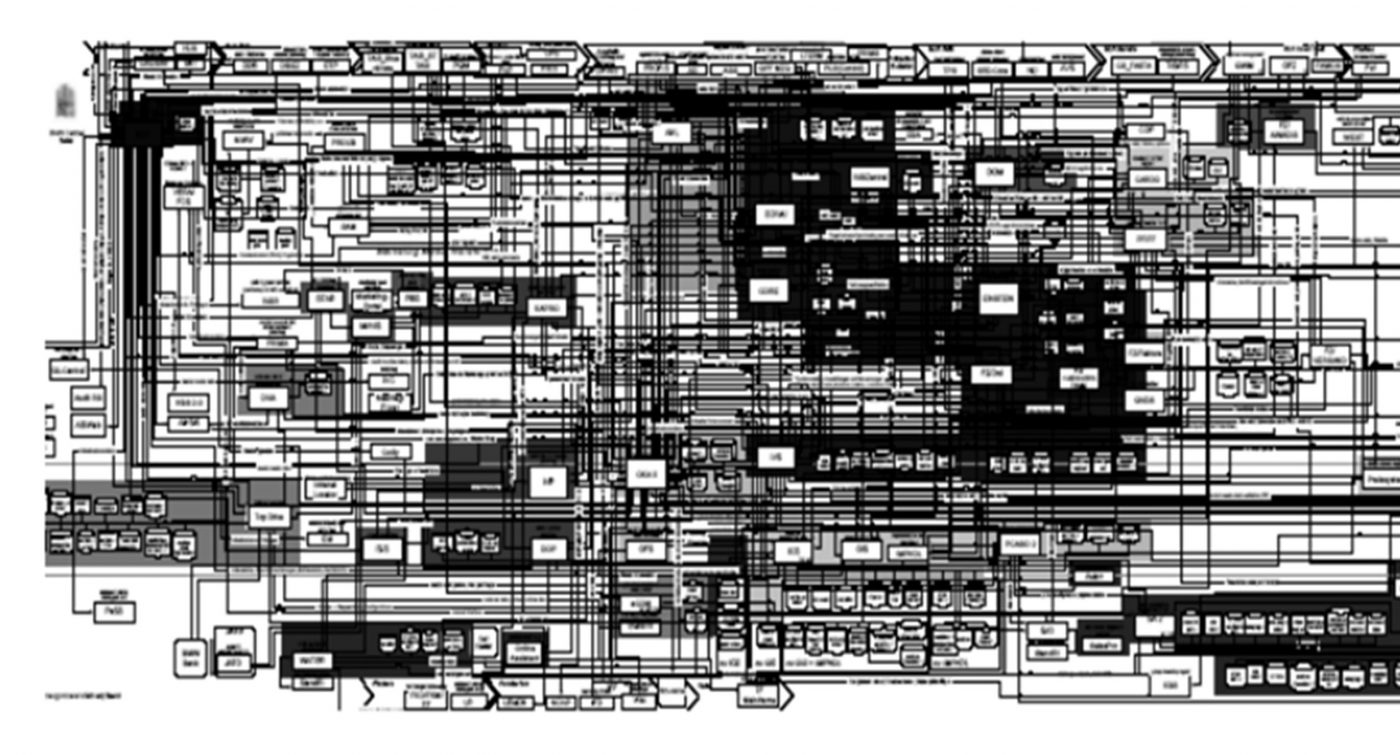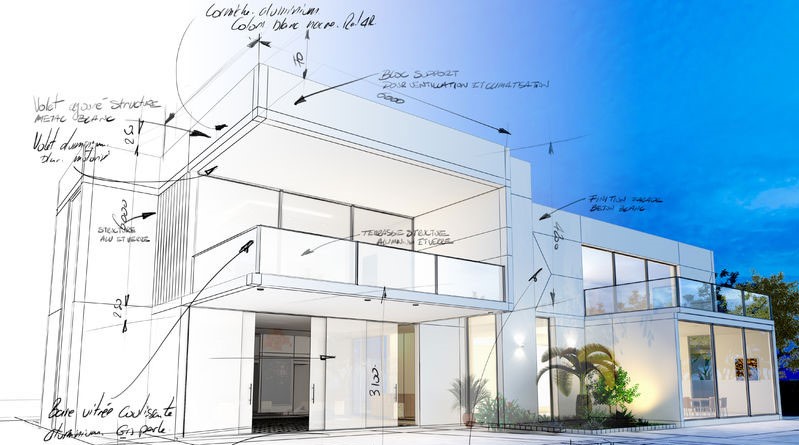December’s Architectural Thinking Wednesday Webinars

We are proud to announce the beginning of a new series of ->free live webinars dedicated to all of our friends in eastern Asia, Australia and New Zealand (and elsewhere, too, of course!)
Every Wednesday 9am CET held 100% live and free by one of our members.
Topics covered in Dezember:
- Dec. 2nd: “Getting Started with Enterprise Design” – Milan Guenther
- Dec. 9th: “Architectural Thinking Overview” – Wolfgang Goebl
- Dec. 16th: “Milky Way Enterprise Maps” – Annika Klyver
- Dec 23th: “Capability Modeling” – Wolfgang Goebl
- Dec. 30th: “Enterprise Design Impact Patterns” – Bard Papegaaij
Stay tuned at: https://architectural-thinking.com/events/









